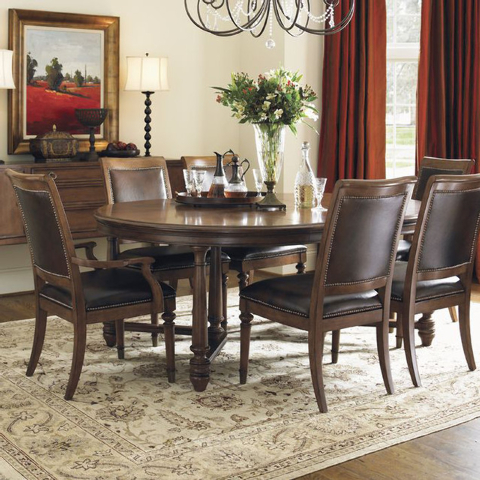Create bulk-item storage area to save money, space
When you shop at discount warehouse stores such as Costco and Sam’s Club, you likely come home with enormous products — 24-count paper towel packs, 48-pack toilet paper packs, laundry detergent jugs larger than your smallest child or grandchild and cases of canned goods — and all of these oversized items need to be stored somewhere in your home.
It’s not just these mega-packs and stacked cases that need a home. At your grocery or gourmet food store, you might indulge in a wide variety of products sold in bulk.
Buying in bulk means there’s much less wasteful packaging, the experts at Whole Foods explain, and “you save money because you’re not paying for the fancy label.” Many bulk items are organically grown, and some top items Whole Foods lists among its offerings include “rice, grains, flours, pasta, soup mixes, beans, cereals, trail mixes, nut butters, sweeteners, dried fruits, nuts and seeds, snacks and treats, herbs, spices, salts and peppercorns, teas and coffee.”
These items bought from the bulk foods aisles will likely not come home with you in packages as large as those paper towel roll collections, but they too need to be stored safely and efficiently in your home.
Don’t forget those bulk bins of fresh vegetables and fruits that you might buy as shares from a nearby family farm or organic food co-op. These perishable items need a place to live in your home as well.
Here are the top tips for creating your home bulk-item storage spaces:
1) Create several storage spaces to accommodate your perishable and nonperishable items, and organize them by accessibility needs. For instance, onions, peppers, apples and other fruits and vegetables should be located close to your cooking areas, such as in baskets on a shelf or countertop. Toilet paper rolls can be stacked in your linen closet by bathrooms, and paper towel rolls can go in the basement or in your walk-in pantry.
Having stations makes your bulk buys more accessible, which means you’ll be more likely to get your money’s worth with those perishable items that could otherwise be forgotten when they’re too far from your cooking area.
2) Think temperature control. If your garage isn’t well-insulated, perishables stored on shelves there can freeze during cold winter months. Keep all perishable items in warmer rooms of your home.
3) Think safety. If you have small children or pets in your home, make sure that open-shelving units don’t pose the risk of them getting into your bulk buys or of cans toppling from shelves, injuring them. Choose storage shelving units with doors on the bottom levels, childproofed for extra security.
4) Purchase new, sturdy shelving units that can hold heavy items. Older shelving units can be rickety, posing risks of them falling over or shelves giving out. Organizational shelf systems at home-supply stores now come with great features such as baskets that slide out like drawers and customizable dividers.
5) Purchase new plastic storage containers with airtight sealable lids in different sizes to hold an array of your bulk buys. And label them with not just the item name, but also the date you bought them.
6) If you have a walk-in pantry, consider making one side’s shelving units your dedicated space for your bulk buys, rather than shoving items in among other products haphazardly.
7) Designate a large basket or wooden box for your donate items: those canned goods that are still within their expiration periods but aren’t your favorite tastes. These can be brought to your local food pantry. Any bulk pet items you bought that your pet didn’t like can go to an animal shelter.
8) Create a method for when your stockpile gets low. Hang a clipboard or magnetic notepad on your shelving unit so that you can write down which supplies are running low and needing to be replenished.
9) Arrange your bulk items with lots of airflow around them wherever you store them, especially perishables, so that they don’t spoil and so that they look more orderly if visible to others.
10) Consider buying an additional refrigerator unit for your basement or garage in which to store your overflow produce. Jamming too many vegetables into your kitchen refrigerator drawers can lead to quick spoilage of your food and lots of wasted money.

















